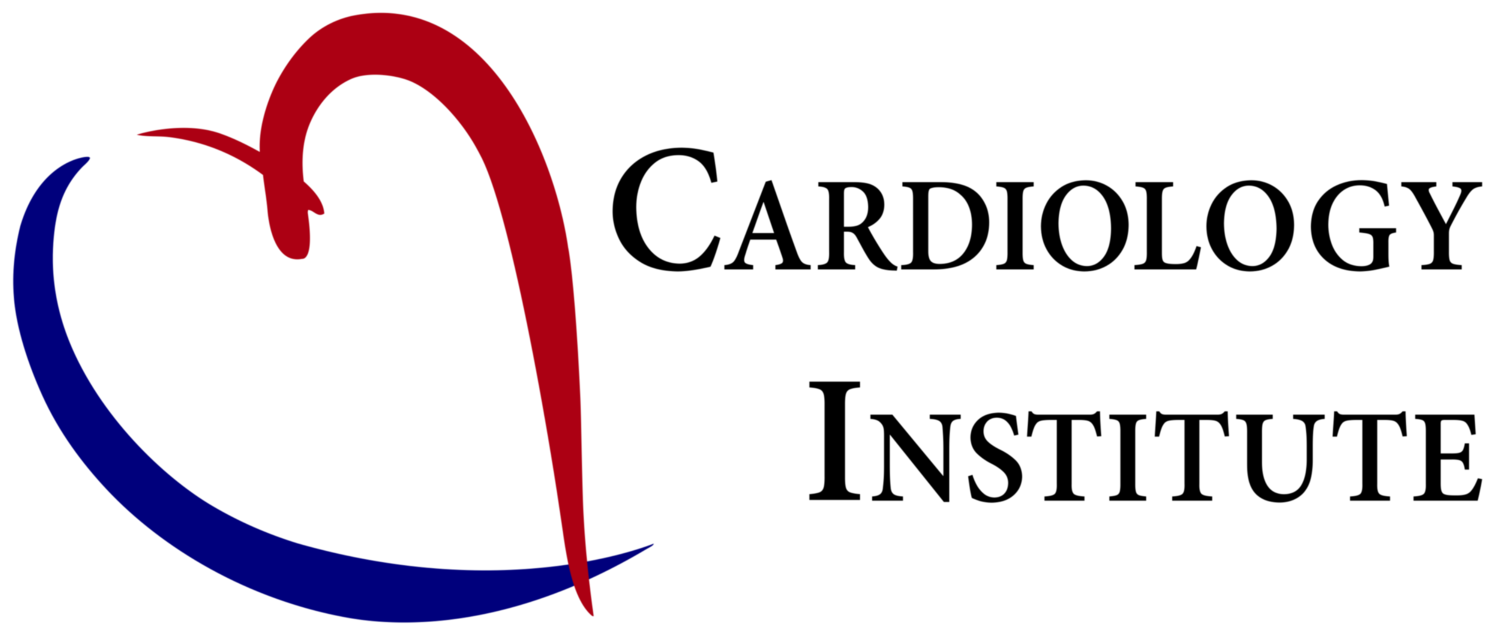Our heart is located in the centre of the chest, between the right and left lungs, under the ribcage. There are two sides to the heart (left and right). The right heart pumps blood to the lungs, whereas the left heart pumps blood to the rest of the body, including the brain, guts and the limbs. Each side of the heart is further divided into two chambers, hence four chambers in total. The atria collect blood. The ventricles contract and pump blood out.
The normal functioning of the heart muscle and valves rely on the normal functioning of the coronary arteries that provide blood supply and nutrients. The conduction system (electrical wiring system of the heart) coordinates the pumping of blood in the atria and the ventricles.
Coronary arteries branch off the aorta, which is the main artery taking blood away from the heart to the rest of the body. The coronary arteries are the first branches off the aorta. The two coronary arteries wrap around the heart like a crown, hence the name “coronary”. The left main coronary artery gives rise to the left anterior descending artery and the left circumflex artery, supplying the majority of the left ventricle; while the right coronary artery supplies the right ventricle and the underside of the heart.

